Find Help
More Items From Ergsy search
-
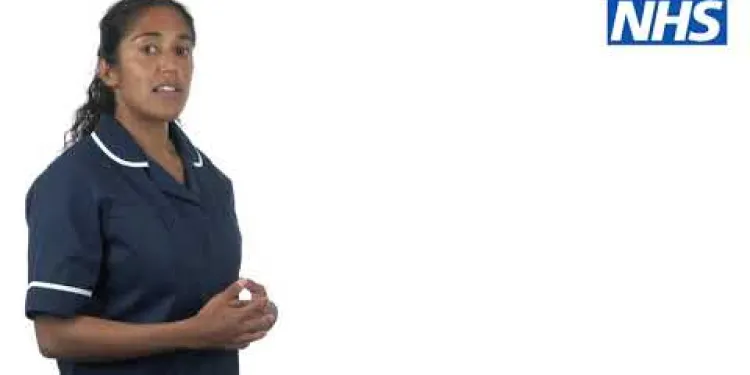
Seven Reaasons For Measuring blood pressure
Relevance: 100%
-

How is high blood pressure diagnosed?
Relevance: 76%
-
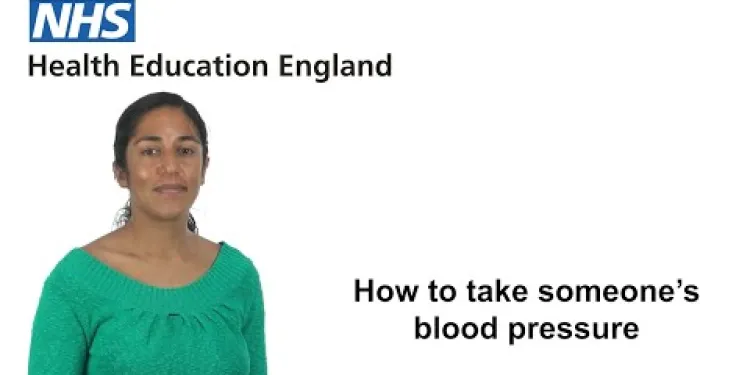
How to take someone's blood pressure
Relevance: 73%
-
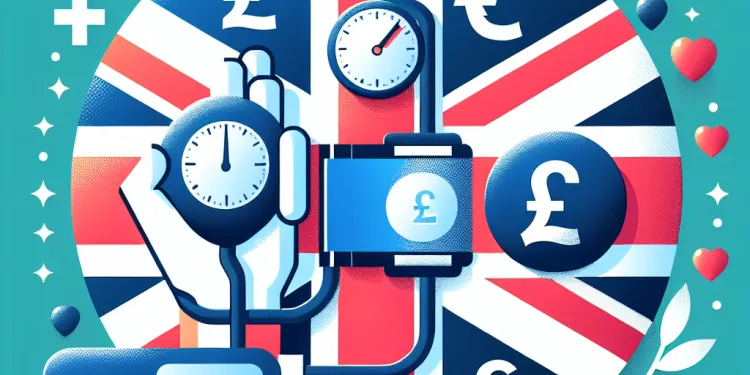
What is high blood pressure?
Relevance: 72%
-
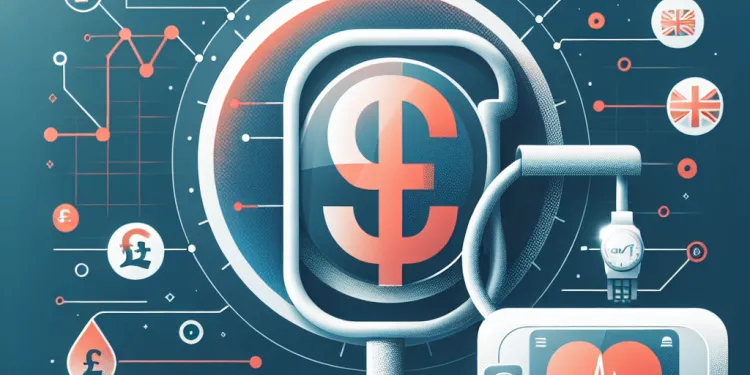
How often should I check my blood pressure?
Relevance: 68%
-

What causes high blood pressure?
Relevance: 68%
-

Can high blood pressure be prevented?
Relevance: 67%
-

Does caffeine affect blood pressure?
Relevance: 65%
-
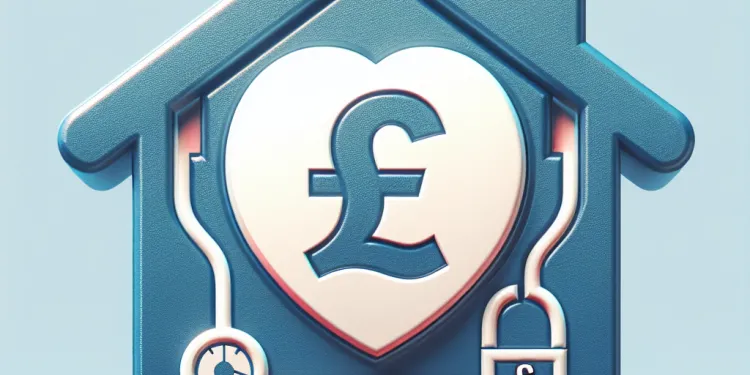
What are the risks of having high blood pressure?
Relevance: 65%
-

Why is high blood pressure called a 'silent killer'?
Relevance: 64%
-

How soon after drinking coffee can blood pressure be affected?
Relevance: 63%
-

Is it safe to take blood pressure medication with coffee?
Relevance: 63%
-

How does diet affect blood pressure?
Relevance: 63%
-

Can stress cause high blood pressure?
Relevance: 63%
-
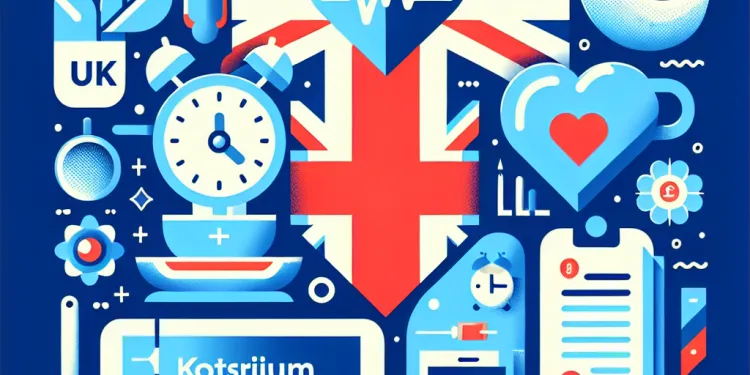
What is the role of potassium in managing blood pressure?
Relevance: 63%
-

How can high blood pressure be treated?
Relevance: 63%
-

How does caffeine affect blood pressure?
Relevance: 62%
-
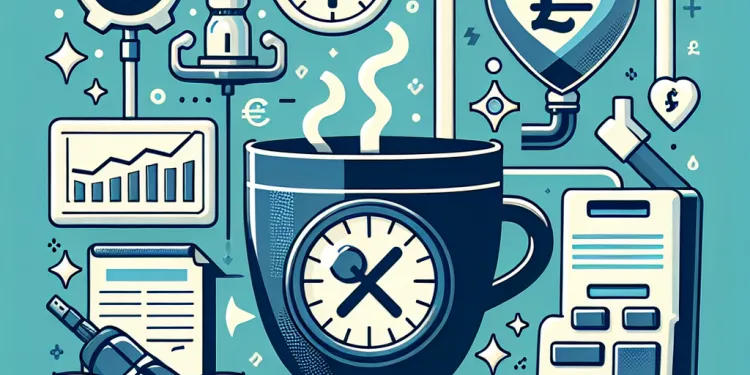
Can decaffeinated coffee affect blood pressure?
Relevance: 61%
-

What lifestyle changes can lower blood pressure?
Relevance: 61%
-

How do medications help control high blood pressure?
Relevance: 61%
-

Blood pressure too high? Living with hypertension animation
Relevance: 61%
-

Should people with high blood pressure avoid coffee entirely?
Relevance: 60%
-

Can high blood pressure lead to other health problems?
Relevance: 59%
-

Are there any other factors in coffee that may affect blood pressure?
Relevance: 58%
-
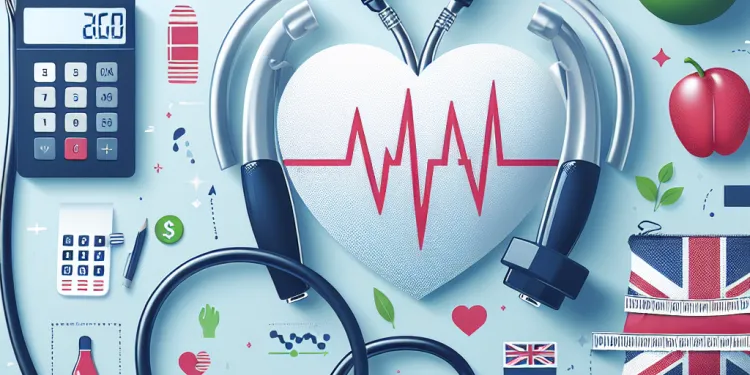
Can weight loss help reduce high blood pressure?
Relevance: 58%
-

How can one minimize the impact of coffee on blood pressure?
Relevance: 58%
-

Is Your Morning Coffee a Risk Factor for High Blood Pressure?
Relevance: 58%
-
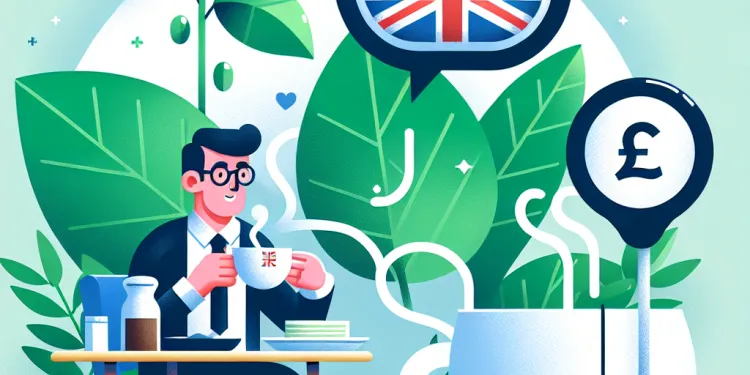
Is green tea a better alternative to coffee for blood pressure management?
Relevance: 58%
-
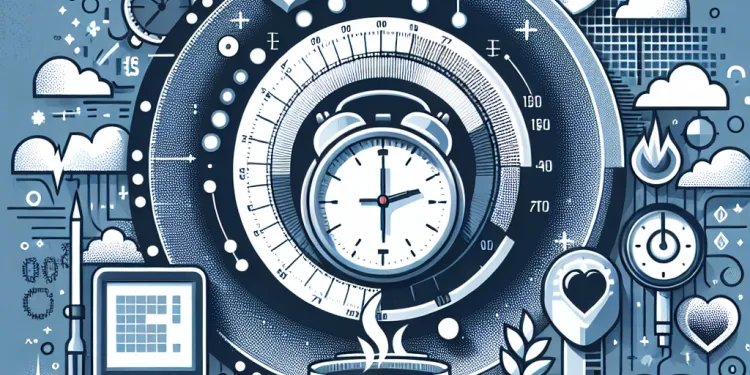
Is there a specific time of day when coffee has the most impact on blood pressure?
Relevance: 55%
-
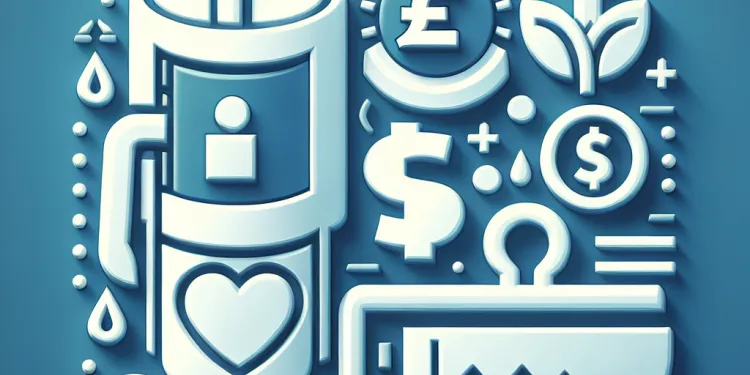
How much caffeine is generally considered safe for people with high blood pressure?
Relevance: 55%
-
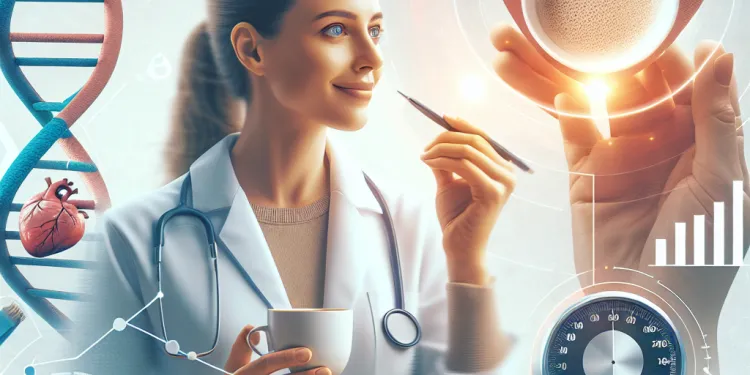
Does genetic makeup affect how coffee impacts blood pressure?
Relevance: 54%
-
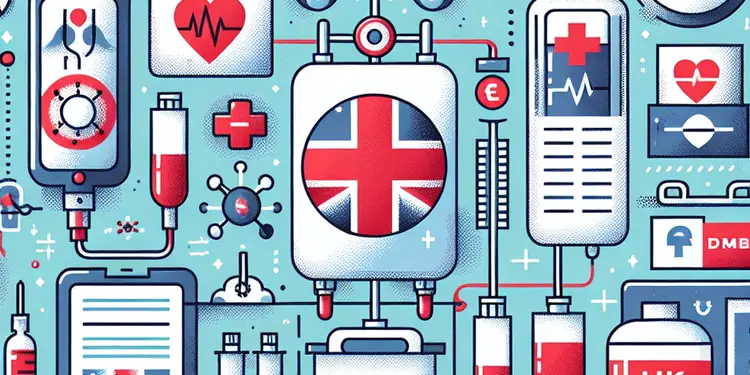
What measures are taken to prevent disease transmission in blood transfusions?
Relevance: 53%
-
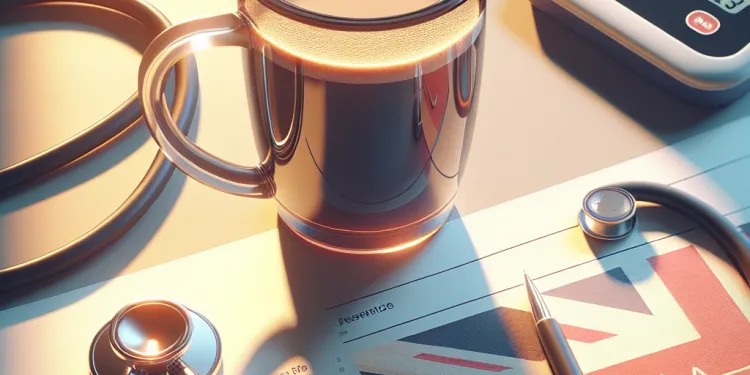
Does drinking coffee every morning increase the risk of developing high blood pressure?
Relevance: 53%
-

What are normal blood pressure ranges?
Relevance: 53%
-
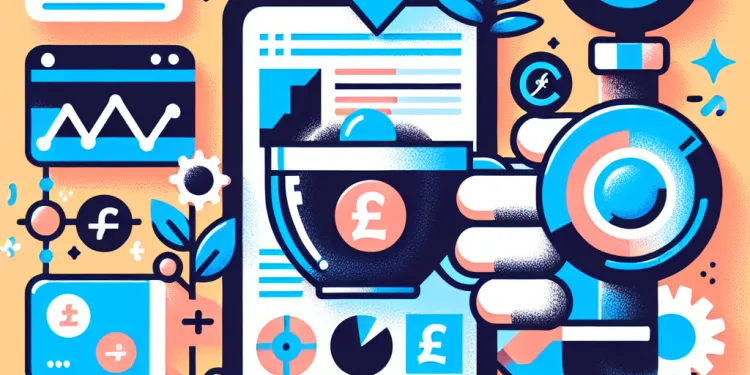
How does regular caffeine consumption impact tolerance and blood pressure?
Relevance: 53%
-
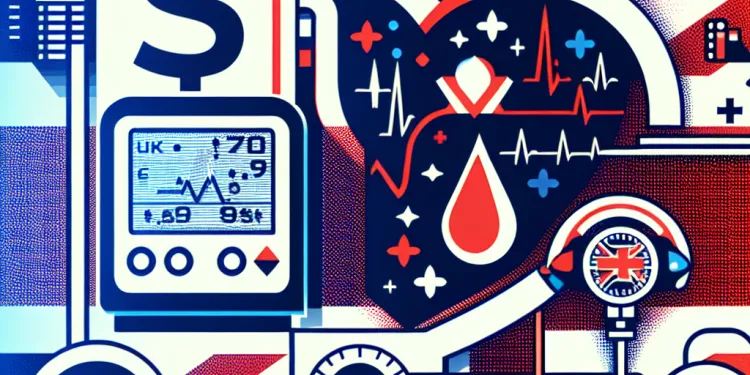
Is high blood pressure hereditary?
Relevance: 52%
-

Can cortisol levels be measured?
Relevance: 51%
-

Are there any self-tests for eye pressure?
Relevance: 50%
-
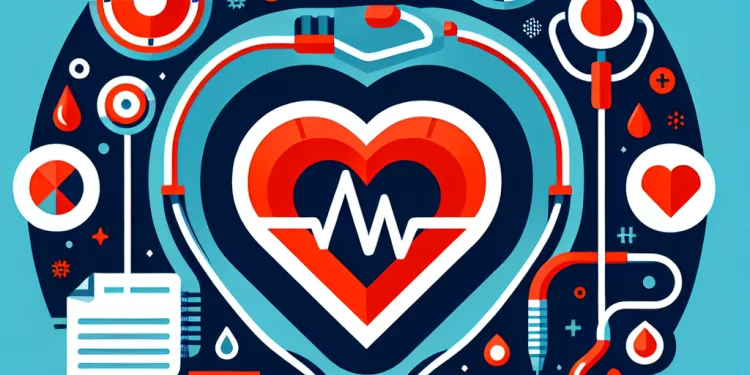
What are the symptoms of high blood pressure?
Relevance: 49%
-

What are the symptoms of caffeine-induced high blood pressure?
Relevance: 47%
Understanding Blood Pressure Measurement
What is Blood Pressure?
Blood pressure refers to the force exerted by circulating blood on the walls of the body’s arteries, the major blood vessels in the body. It is a critical health indicator, with two key measurements: systolic and diastolic pressure. Systolic pressure, the higher number, measures the pressure in your arteries when your heart beats. Diastolic pressure, the lower number, measures the pressure in your arteries when your heart rests between beats.
Why Measure Blood Pressure?
Measuring blood pressure helps in diagnosing and monitoring conditions like hypertension (high blood pressure) and hypotension (low blood pressure). Early detection of abnormal blood pressure can prevent complications such as heart disease, stroke, and kidney problems. In the United Kingdom, routine blood pressure checks are a part of standard health care, especially for adults over the age of 40.
Types of Blood Pressure Monitors
There are various types of blood pressure monitors available, including manual sphygmomanometers, digital monitors, and ambulatory monitors. Manual monitors are often used in medical settings and require a stethoscope to listen to arterial blood flow. Digital monitors, more commonly used at home, automatically measure blood pressure and provide digital readouts. Ambulatory monitors are portable devices that measure blood pressure at regular intervals over 24 hours.
Steps to Measure Blood Pressure
To accurately measure your blood pressure, follow these steps: 1. Sit quietly for at least five minutes before measuring. 2. Place the cuff on your upper arm, ensuring it’s at the same level as your heart. 3. Relax your arm on a table with the palm facing up. 4. Follow the device's instructions to inflate the cuff and take the measurement. 5. Record the reading, noting both systolic and diastolic pressure.
Interpreting Blood Pressure Readings
Blood pressure is expressed as millimetres of mercury (mmHg), with a normal reading typically around 120/80 mmHg. In the UK: - Blood pressure below 90/60 mmHg is considered low. - Blood pressure between 90/60 mmHg and 120/80 mmHg is considered ideal. - Blood pressure between 120/80 mmHg and 140/90 mmHg is considered pre-high. - Blood pressure above 140/90 mmHg is considered high and may require medical treatment.
When to Seek Medical Advice
If you consistently measure high or low blood pressure, consult a healthcare professional. Regular checks are especially crucial for individuals with a history of cardiovascular issues or those in high-risk categories, such as individuals who are overweight, have diabetes, or smoke.
Maintaining Healthy Blood Pressure
Maintaining a healthy blood pressure involves lifestyle choices: - Eating a balanced diet low in salt and rich in fruits and vegetables. - Regular physical activity. - Limiting alcohol intake. - Avoiding smoking. - Managing stress. Consult the UK’s NHS guidelines for more detailed advice on maintaining healthy blood pressure.
Understanding Blood Pressure Measurement
What is Blood Pressure?
Blood pressure is the push of blood against the walls of your arteries. Arteries are big blood tubes in your body. Blood pressure is important to know about for your health. There are two parts to it: systolic and diastolic pressure. - **Systolic Pressure**: This is the higher number. It shows the pressure when your heart beats. - **Diastolic Pressure**: This is the lower number. It shows the pressure when your heart is resting between beats.
Why Measure Blood Pressure?
We measure blood pressure to check for health issues like high blood pressure (hypertension) or low blood pressure (hypotension). Finding out if your blood pressure is different from normal can help avoid problems like heart disease, stroke, and kidney trouble. In the UK, checking blood pressure is a regular part of looking after your health, especially if you are over 40 years old.
Types of Blood Pressure Monitors
There are different devices to check blood pressure: - **Manual Monitors**: These need a stethoscope and are often used in hospitals. - **Digital Monitors**: These are often used at home and show the numbers on a screen. - **Ambulatory Monitors**: These are small and portable and can check blood pressure throughout the day.
Steps to Measure Blood Pressure
To check your blood pressure correctly, follow these steps: 1. Sit down quietly for at least five minutes before checking. 2. Wrap the cuff around your upper arm, level with your heart. 3. Rest your arm on a table with your palm up. 4. Follow the device instructions to inflate the cuff and check your pressure. 5. Write down the numbers you see (systolic and diastolic).
Interpreting Blood Pressure Readings
Blood pressure is shown in millimeters of mercury (mmHg). A normal reading is usually around 120/80 mmHg in the UK: - Below 90/60 mmHg is low. - Between 90/60 mmHg and 120/80 mmHg is ideal. - Between 120/80 mmHg and 140/90 mmHg is getting high. - Above 140/90 mmHg is high and might need a doctor's help.
When to Seek Medical Advice
If your blood pressure is often high or low, talk to a doctor. Regular checks are really important if you have heart trouble or if you are at risk, like if you weigh a lot, have diabetes, or smoke.
Maintaining Healthy Blood Pressure
To keep your blood pressure healthy, try these: - Eat healthy foods with less salt and lots of fruits and veggies. - Be active regularly. - Drink less alcohol. - Don't smoke. - Try to relax and manage stress. Look at the UK's NHS advice for more ways to keep your blood pressure healthy.
Frequently Asked Questions
What is blood pressure?
Blood pressure is the force of blood pushing against the walls of your arteries as your heart pumps blood.
How is blood pressure measured?
Blood pressure is measured using a device called a sphygmomanometer, which includes an inflatable cuff to restrict blood flow and a manometer to measure the pressure.
What do the numbers in a blood pressure reading mean?
A blood pressure reading has two numbers: systolic (the higher number) and diastolic (the lower number). Systolic pressure measures the pressure in your arteries when your heart beats, and diastolic pressure measures the pressure in your arteries between beats.
What is considered normal blood pressure?
In the UK, normal blood pressure is typically considered to be around 120/80 mmHg.
How often should I measure my blood pressure?
It is generally recommended to measure your blood pressure at least once a year if you are over 40, or more frequently if you have a history of high blood pressure or related conditions.
Can I measure my blood pressure at home?
Yes, you can measure your blood pressure at home using a home blood pressure monitor. It's advisable to follow the instructions carefully and maintain a log of your readings.
What factors can affect my blood pressure reading?
Several factors can affect your blood pressure reading, including stress, diet, physical activity, and the time of day.
What are the risks of high blood pressure?
High blood pressure can increase the risk of heart disease, stroke, kidney disease, and other health problems.
How can I manage high blood pressure?
Managing high blood pressure typically involves lifestyle changes such as eating a healthier diet, getting regular exercise, reducing alcohol intake, and if necessary, medication.
What should I do if my blood pressure reading is high?
If you get a high blood pressure reading, you should take another reading after a few minutes of rest. If it remains high, consult your doctor for further advice.
What are the signs and symptoms of high blood pressure?
High blood pressure often has no noticeable symptoms, which is why it's sometimes called a 'silent killer.' Regular monitoring is essential.
Can stress cause high blood pressure?
Yes, stress can cause temporary spikes in blood pressure and, over time, chronic stress can contribute to long-term high blood pressure.
Is low blood pressure dangerous?
Low blood pressure (hypotension) can be dangerous if it causes symptoms like dizziness, fainting, or shock, and may require medical attention.
What lifestyle changes can help lower blood pressure?
To lower blood pressure, you can adopt a healthier diet (like the DASH diet), exercise regularly, maintain a healthy weight, reduce sodium intake, and limit alcohol consumption.
What role does diet play in managing blood pressure?
A healthy diet can help manage blood pressure. Eating plenty of fruits, vegetables, whole grains, and low-fat dairy products while reducing saturated fat and sugar can have beneficial effects.
What is blood pressure?
Blood pressure is how hard your blood pushes when it moves around your body.
The heart pumps blood to give your body the oxygen and food it needs.
You can use a machine at the doctor’s office to check your blood pressure.
Blood pressure is how hard your blood pushes against your arteries when your heart beats and moves blood around.
How do we check blood pressure?
Blood pressure is like how hard your heart pushes blood around your body.
To check blood pressure, a doctor or nurse uses a special band around your arm. This is called a cuff. The cuff gets tight, then loose.
There is a machine that shows numbers. These numbers tell us if your blood pressure is okay.
You can ask a family member or friend to help you. They can also explain what the numbers mean.
We use a special tool to check blood pressure. It is called a sphygmomanometer. This tool has a part that goes around your arm. It squeezes your arm a little to stop the blood for a moment. Then it measures how strong the blood pushes.
If reading is tricky, try using audiobooks or reading apps that help you follow along.
What Do the Numbers in a Blood Pressure Reading Mean?
Blood pressure shows how hard the blood pushes against the inside of your blood vessels.
In a blood pressure reading, there are two numbers:
- The first (or top) number is called systolic. It shows how strong the blood pushes when the heart beats.
- The second (or bottom) number is called diastolic. It shows how strong the blood pushes when the heart rests between beats.
Normal blood pressure is usually around 120/80 or a little lower.
To understand blood pressure better, you can:
- Ask a doctor or nurse to explain it to you.
- Use pictures or videos that talk about blood pressure.
When you check your blood pressure, you see two numbers. The first number is higher and is called systolic. The second number is lower and is called diastolic. The systolic number shows how hard your blood pushes in your arteries when your heart beats. The diastolic number shows the push between heartbeats.
If you find reading tricky, try these tips:
- Ask someone to read with you.
- Use an app that reads text out loud to you.
- Highlight or underline important words.
- Take breaks and ask questions if you need to.
What is normal blood pressure?
Normal blood pressure means your heart and blood are healthy.
A good blood pressure number is usually below 120/80.
Here are some ways to help:
- Eat healthy food like fruits and vegetables.
- Exercise regularly, like walking or playing.
- Try to relax and not get too stressed.
In the UK, normal blood pressure is about 120 over 80.
How many times should I check my blood pressure?
It is good to check your blood pressure often. You might check it:
- Every day
- A few times a week
- Once a week
Ask a doctor or nurse how often is best for you.
Use a blood pressure machine. This machine can help you see if your blood pressure is good or bad.
If you are older than 40, it's a good idea to check your blood pressure once a year. If you have had high blood pressure before, you should check it more often.
Can I check my blood pressure at home?
Yes, you can check your blood pressure at home. You need a special tool called a blood pressure monitor. It helps you see how hard your heart is working to pump blood.
Here are some tips to help you:
- Find a quiet place to sit down.
- Rest for a few minutes before you start.
- Follow the instructions that come with your blood pressure monitor.
- Write down your results in a notebook.
It can also help to have an adult or a friend with you when you check your blood pressure. They can read the instructions and help if you need it.
You can check your blood pressure at home. Use a machine called a blood pressure monitor. Follow the steps it tells you and write down your numbers each time.
What things can change my blood pressure?
Here are some things that can change your blood pressure:
- Eating too much salty food
- Not getting enough exercise
- Feeling very stressed or worried
- Being overweight
- Smoking or drinking alcohol
- Taking certain medicines
To help keep track of your blood pressure, you can:
- Visit your doctor regularly
- Use a home blood pressure monitor
Many things can change your blood pressure. Some of these are stress, what you eat, how much you move, and the time of day.
What can happen if your blood pressure is too high?
If your blood pressure is too high, it can hurt your body. Here are some things that can happen:
- Your heart might get sick.
- Your brain might not work well.
- Your kidneys can have problems.
- Your eyes can get damaged.
Ask a grown-up or doctor for help if you feel worried. Reading with a friend or using pictures and videos can also help you understand.
High blood pressure can make you more likely to have heart problems, a stroke, or problems with your kidneys and other health issues.
How can I take care of high blood pressure?
High blood pressure means your heart is working too hard to pump blood. Here’s how you can help:
- Eat healthy foods: Choose fruits, vegetables, and whole grains. Try to avoid too much salt and sugar.
- Exercise: Move your body every day. You can walk, run, or play sports.
- Take medicine: Sometimes doctors give medicine to help. Take it as they say.
- Relax: Try to feel calm. You can breathe deeply or listen to music.
- Visit your doctor: Go to the doctor to check your blood pressure.
If reading is hard, you can ask someone to read it to you or use apps that read out loud. Always talk to a doctor if you need help.
To help with high blood pressure, you can try some things:
- Eat healthy food.
- Exercise a lot.
- Drink less alcohol.
- Take medicine if the doctor says so.
Using pictures or reminders can help you remember these steps.
What to Do if My Blood Pressure is High
If your blood pressure is high, don't worry. You can do things to help.
- Take deep breaths to stay calm.
- Try to relax by sitting or lying down.
- Drink some water.
- Ask a doctor or nurse for advice.
Remember, it's okay to ask for help if you feel unsure.
If your blood pressure is high, wait a few minutes and then check it again. If it is still high, talk to your doctor. They can help you.
What are the signs of high blood pressure?
High blood pressure can be hard to see. These are some signs:
- Headaches a lot.
- Feeling dizzy or lightheaded.
- Chest pain.
- Problems seeing clearly.
- Feeling tired or confused.
If you feel any of these signs, it's good to talk to a doctor. Use a blood pressure machine to check. Ask someone to help if needed.
High blood pressure is when your blood moves around your body too fast. It can make you sick, but you might not feel bad. This is why it's called a 'silent killer.' You should check your blood pressure often to stay safe.
Can stress make your blood pressure go up?
Yes, feeling stressed can make your blood pressure go up for a little while. If you feel stressed a lot for a long time, it can make your blood pressure high all the time.
Can low blood pressure be a problem?
Low blood pressure means your blood moves around your body slowly.
Most people feel okay with low blood pressure. But sometimes, it can make you feel tired or dizzy.
If you feel dizzy, it is a good idea to sit down or lie down.
If low blood pressure makes you feel unwell, talk to an adult or doctor.
Using a blood pressure monitor can help you check your numbers.
Low blood pressure can be bad if it makes you feel dizzy, faint, or causes shock. You might need to see a doctor.
What can you do to make your blood pressure lower?
Here are some ways to help lower your blood pressure:
- Eat healthy foods. Try fruits, vegetables, and whole grains. The DASH diet can help.
- Exercise often. Try to be active every day.
- Keep a healthy weight. Ask your doctor what is right for you.
- Eat less salt. Try to use less salt in your meals.
- Drink less alcohol. Limit how much alcohol you have.
Some tools that can help you keep track:
- Write down your meals in a food diary.
- Use a step counter to see how much you walk.
- Ask a friend to help you stay on track.
How does food help with blood pressure?
Food can help with blood pressure. Eating healthy food is good for the heart. Here are some ways food can help:
- Eat fruits and vegetables. They are good for you.
- Eat less salt. Too much salt is not good.
- Drink water. Water is healthy.
These tips can help keep your blood pressure healthy. You can use tools like picture charts or apps to remind you to eat well.
Eating healthy food is good for your heart. It can help keep your blood pressure normal. Try to eat lots of fruits and vegetables. Whole grains, like brown rice or whole wheat bread, are good too. Choose low-fat milk and yogurt. It's best to eat less fatty and sugary foods.
Useful Links
- Ergsy carfully checks the information in the videos we provide here.
- Videos shown by Youtube after a video has completed, have NOT been reviewed by ERGSY.
- To view, click the arrow in centre of video.
- Most of the videos you find here will have subtitles and/or closed captions available.
- You may need to turn these on, and choose your preferred language.
- Go to the video you'd like to watch.
- If closed captions (CC) are available, settings will be visible on the bottom right of the video player.
- To turn on Captions, click settings .
- To turn off Captions, click settings again.
More Items From Ergsy search
-

Seven Reaasons For Measuring blood pressure
Relevance: 100%
-

How is high blood pressure diagnosed?
Relevance: 76%
-

How to take someone's blood pressure
Relevance: 73%
-

What is high blood pressure?
Relevance: 72%
-

How often should I check my blood pressure?
Relevance: 68%
-

What causes high blood pressure?
Relevance: 68%
-

Can high blood pressure be prevented?
Relevance: 67%
-

Does caffeine affect blood pressure?
Relevance: 65%
-

What are the risks of having high blood pressure?
Relevance: 65%
-

Why is high blood pressure called a 'silent killer'?
Relevance: 64%
-

How soon after drinking coffee can blood pressure be affected?
Relevance: 63%
-

Is it safe to take blood pressure medication with coffee?
Relevance: 63%
-

How does diet affect blood pressure?
Relevance: 63%
-

Can stress cause high blood pressure?
Relevance: 63%
-

What is the role of potassium in managing blood pressure?
Relevance: 63%
-

How can high blood pressure be treated?
Relevance: 63%
-

How does caffeine affect blood pressure?
Relevance: 62%
-

Can decaffeinated coffee affect blood pressure?
Relevance: 61%
-

What lifestyle changes can lower blood pressure?
Relevance: 61%
-

How do medications help control high blood pressure?
Relevance: 61%
-

Blood pressure too high? Living with hypertension animation
Relevance: 61%
-

Should people with high blood pressure avoid coffee entirely?
Relevance: 60%
-

Can high blood pressure lead to other health problems?
Relevance: 59%
-

Are there any other factors in coffee that may affect blood pressure?
Relevance: 58%
-

Can weight loss help reduce high blood pressure?
Relevance: 58%
-

How can one minimize the impact of coffee on blood pressure?
Relevance: 58%
-

Is Your Morning Coffee a Risk Factor for High Blood Pressure?
Relevance: 58%
-

Is green tea a better alternative to coffee for blood pressure management?
Relevance: 58%
-

Is there a specific time of day when coffee has the most impact on blood pressure?
Relevance: 55%
-

How much caffeine is generally considered safe for people with high blood pressure?
Relevance: 55%
-

Does genetic makeup affect how coffee impacts blood pressure?
Relevance: 54%
-

What measures are taken to prevent disease transmission in blood transfusions?
Relevance: 53%
-

Does drinking coffee every morning increase the risk of developing high blood pressure?
Relevance: 53%
-

What are normal blood pressure ranges?
Relevance: 53%
-

How does regular caffeine consumption impact tolerance and blood pressure?
Relevance: 53%
-

Is high blood pressure hereditary?
Relevance: 52%
-

Can cortisol levels be measured?
Relevance: 51%
-

Are there any self-tests for eye pressure?
Relevance: 50%
-

What are the symptoms of high blood pressure?
Relevance: 49%
-

What are the symptoms of caffeine-induced high blood pressure?
Relevance: 47%


